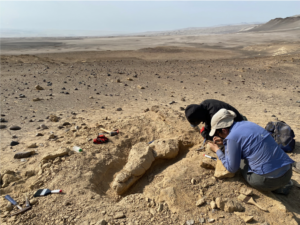Agriculture is one of the main economic activities in the Peruvian Andes; rainwater alone irrigates more than 80% of the fields used for agriculture purposes. However, the cloud and rain generation mechanisms in the Andes still remain mostly unknown. In early 2014, the Instituto Geofísico del Perú (IGP) decided to intensify studies in the central Andes to better understand cloud microphysics; the Atmospheric Microphysics And Radiation Laboratory officially started operations in 2015 at IGP’s Huancayo Observatory. In this work, a Ka-band cloud profiler [cloud and precipitation profiler (MIRA-35c)], a UHF wind profiler [Clear-Air and Rainfall Estimation (CLAIRE)], and a VHF wind profiler [Boundary Layer and Tropospheric Radar (BLTR)] are used to estimate rainfall rate at different conditions. The height dependence of the drop size diameter versus the terminal velocity, obtained by the radars, in the central Andes (3350 m MSL) was evaluated. The estimates of rainfall rate are validated to ground measurements through a disdrometer [second-generation Particle, Size, and Velocity (PARSIVEL2)] and two rain gauges. The biases in the cumulative rainfall totals for the PARSIVEL2, MIRA-35c, and CLAIRE were 18%, 23%, and −32%, respectively, and their respective absolute biases were 19%, 36%, and 63%. These results suggest that a real-time calibration of the radars, MIRA-35c and CLAIRE, is necessary for better estimation of precipitation at the ground. They also show that the correction of the raindrop terminal fall velocity, obtained by separating the vertical wind velocity (BLTR), used in the estimation the raindrop diameter is not sufficient, especially in convective conditions.



